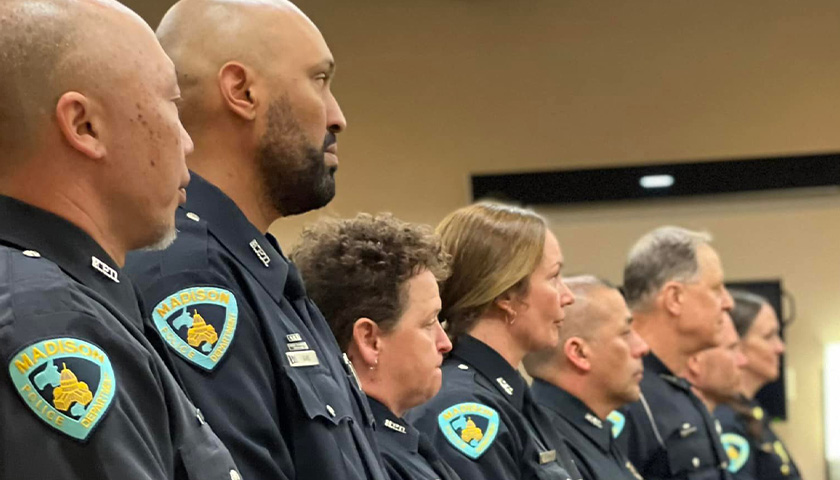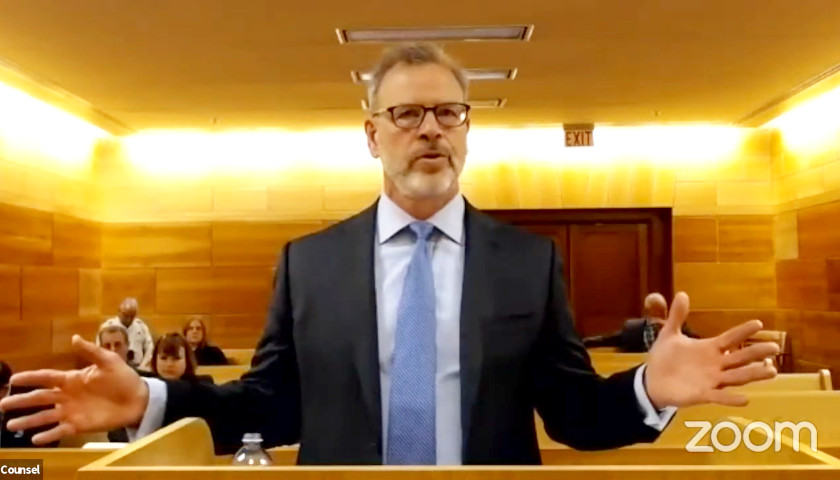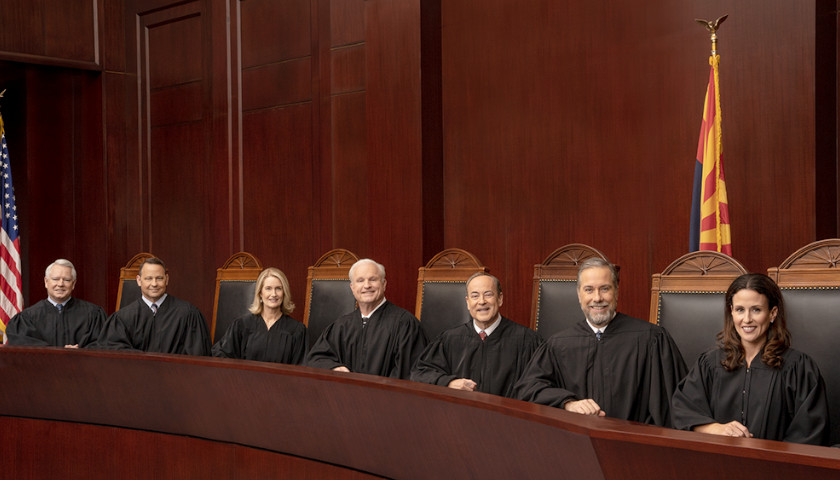A woman was filling up her vehicle at a convenience store in the 2700 block of Madison’s E. Washington Avenue last week when a “man pointed a gun at her face and demanded she give him the keys,” according to the Madison Police Department incident report.
A man.
Two men got into the woman’s vehicle and drove away, according to police.
Two men.
What did these men look like? How old were they? What race were these carjackers? The incident report that goes out to the public does not say.
For a liberal city that loves its identity politics, there’s a surprising lack of racial identifiers in the public file.
And that’s by design; sources first told conservative talk show host Vicki McKenna.
The police department has generally stopped including the race of crime suspects in incident reports, MPD Public Information Officer Stephanie Fryer tells Empower Wisconsin. Information on a suspect would have to be “super descriptive” and necessary to solve the crime for race to be included, she said.
“We’re not including something like that the suspect was a black man in his early 20s because that could fit so many different people. We don’t want to be jumping to conclusions, so we’re not longer doing that,” the public information officer added.
Fryer said the policy change occurred after the police force’s Black Officer Coalition had conversations with community activists representing people of color. She said the department wants to be “mindful” that releasing the race of a suspect could lead to targeting “some audiences and people in our community.”
Fryer could not say when the change occurred, but it happened sometime after former Police Chief Mike Koval retired in September 2019.
During his time as chief, Koval published a daily blog — seven days a week, even on vacation — noting each day’s most serious or high-profile crimes. He did so in the wake of the anti-police environment that followed 2014’s officer-involved shooting of Michael Brown, a black man in Ferguson, Mo. Despite a Department of Justice investigation finding that the officer acted out of self-defense, the Ferguson affair helped spur the Black Lives Matter movement, which preached social justice while vilifying law enforcement.
Koval said full transparency is what communities demanded following Ferguson. His blog delivered. He provided details on the suspects in the incident reports, including their races.
The former chief isn’t a fan of the department’s policy change.
“I don’t know how helpful that is to the community,” Koval said.
Crime-fighting, criminal investigations, law enforcement require facts and, often, the public’s help, Koval said. The facts may be inconvenient, but in Madison, the victims of serious, violent crimes are frequently people of color, and the suspects they describe are just as frequently people of color.
A recent analysis of crime data by the Heritage Foundation found black communities bear the heaviest burden from the decade-long spike in crime.
Koval said capitulating to the politically correct isn’t doing any favors to crime victims and the pursuit of safer communities.
“Unfortunately people don’t want to hear that. It has a dissonance of what we prefer our world to look like, but I don’t think a police chief can spin positives and rainbows and puppy dogs and all that is good,” the retired police chief said. “All I can do is give the statistical information and we can learn and do something about it.”
Fryer said the policy on excluding race isn’t set in stone. In certain cases, race is an important component of a criminal investigation. Fryer noted a string of sexual assaults in the city’s Midtown District has reportedly involved the same suspect, a Latino man in his early 20s.
Ultimately, each police department’s criminal reports must include the race of individuals involved in crimes. Fryer noted the Justice Department’s reporting requirements. Crime statistics, of course, are still broken down by race.
Koval said he took some heat over the years from the two mayors he worked under. They would get upset that he alerted the public to violent crimes, particularly in a city routinely ranking high on national quality of life lists.
“There is a certain side of Madison that people are in abject denial about. We are finding ourselves like a lot of major urban crime areas, and we can’t minimize, we can’t rationalize, we can’t discount where officers are being sent to,” the former police chief said.
“A conscientious police chief has to be able to have those difficult conversations.”
– – –
M.D. Kittle is the National Political Editor for The Star News Network.
Photo “Madison Police Department” by Madison Police Department.









Ya can’t fix stupid
When their crimes skyrocket, don’t come whining to the rest of us. So, if an Asian Female, were to commit a murder, you are just gonna say you are looking for a woman?? OOOPs cant say that, don’t know what they identify as.. A human being committed a murder, be on the look out…
Liberalism is a debilitating mental disease!
You woke apologist, criminal embracing, hand-wringing leftards just decreased the probability of catching your criminals. That’s destructive to your mission.
You are a disgrace.